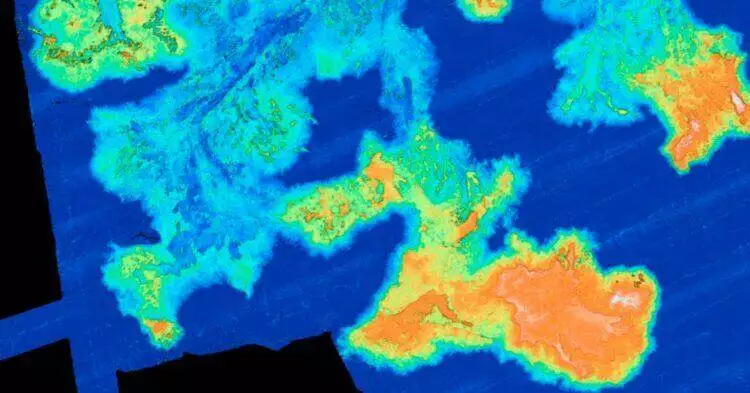With the technology evolving, it has made breakthroughs in myriad fields and made it easier for scientists to monitor and predict volcanic movements continuously.
So is the case with Axial Seamount, spanning 1.25 miles across the Pacific Ocean and found 300 miles off the Oregon coast. Scientists expect it to imminently erupt sometime in 2025, as there is a buildup of magma detected through significant swelling and rumbling.
More about Axial Seamount
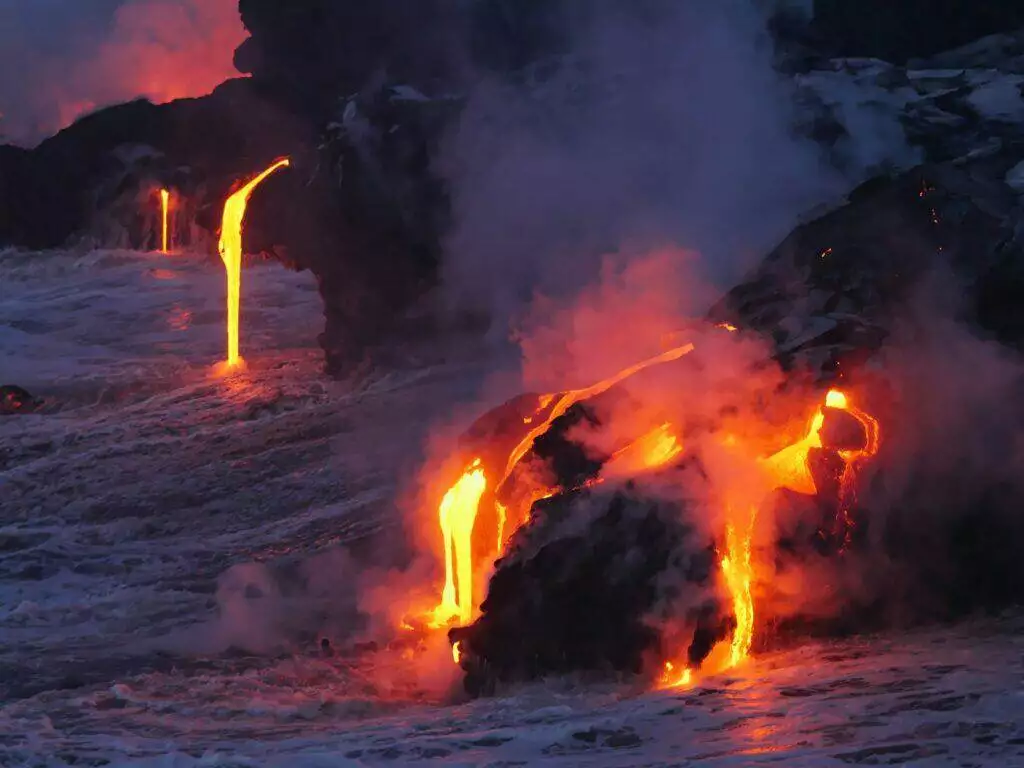
The volcano is 3,600-foot-tall and sits 4,626 feet beneath the Pacific Ocean’s surface. Axial Seamount is a broader volcano with a low profile, in other words, a young shield volcano. It lies among the Juan de Fuca Ridge, a chain of submarine volcanoes located between Oregon and Alaska.
Despite its activity, scientists are not concerned

Mike Poland, a scientist at the Yellowstone Volcano Observatory, told Cowboy State Daily excitedly: “This particular volcano is probably the best-monitored submarine volcano in the world. It’s fascinating and doesn’t really pose a hazard.”
Why scientists are not worried

First of all, Axial Seamount resembles Mauna Loa, Earth’s largest active volcano, as it remains on a normal alert level. Additionally, shield volcano eruptions typically don’t have an explosive nature. Consequently, there is little concern when it comes down to the upcoming eruption.
The expected flow of lava
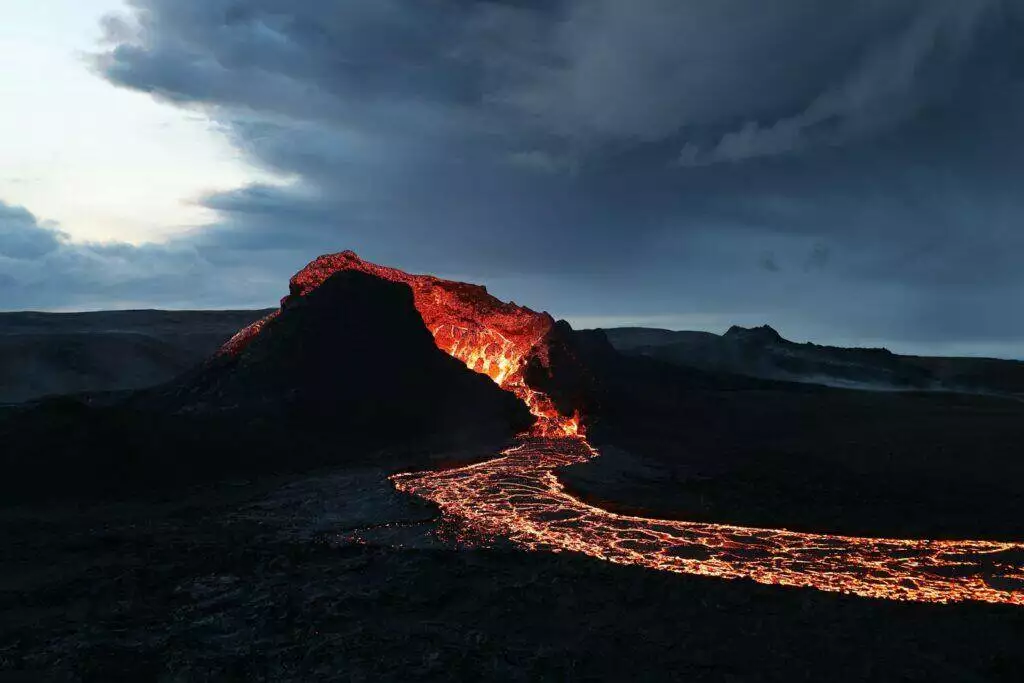
“When Axial Seamount erupts, it’ll look a lot like a Hawaiian lava flow eruption. It’s not an explosive eruption, but calm effusions of lava flowing out of the caldera and across the seafloor,” Poland explained.
A research associate weighs in
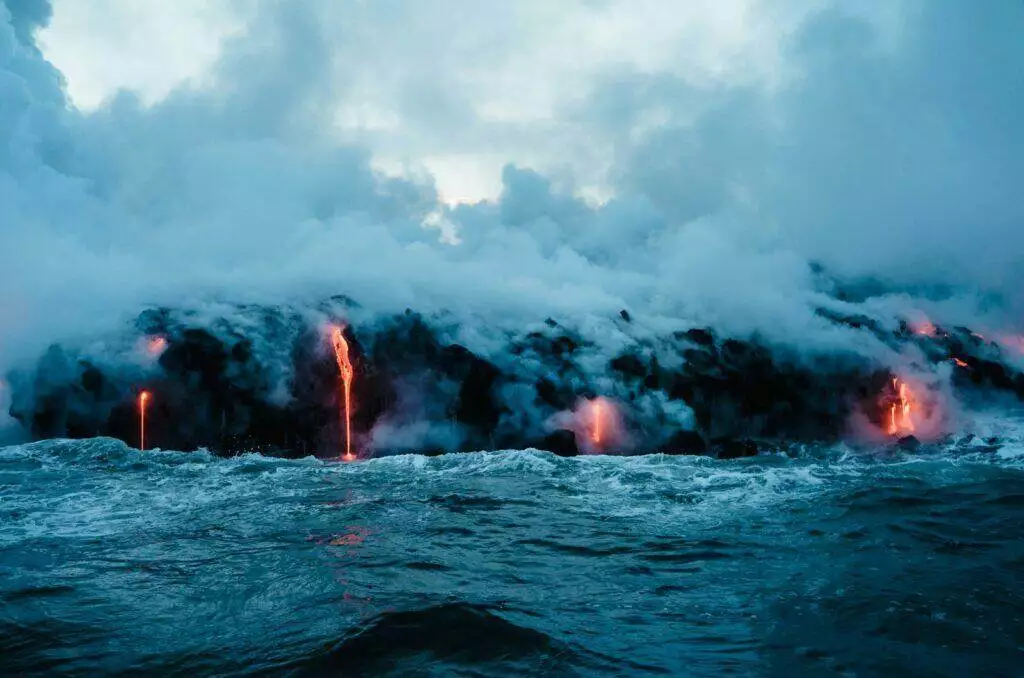
Oregon State University Research Associate Bill Chadwick also agrees that Axial Seamount will erupt by the end of 2025, telling the local CBS affiliate KOIN 6 News: “Because it’s had these three eruptions in the last 30 years, that’s why we call it the most active volcano in the Pacific Northwest.”
Axial Seamount vs. other volcanoes
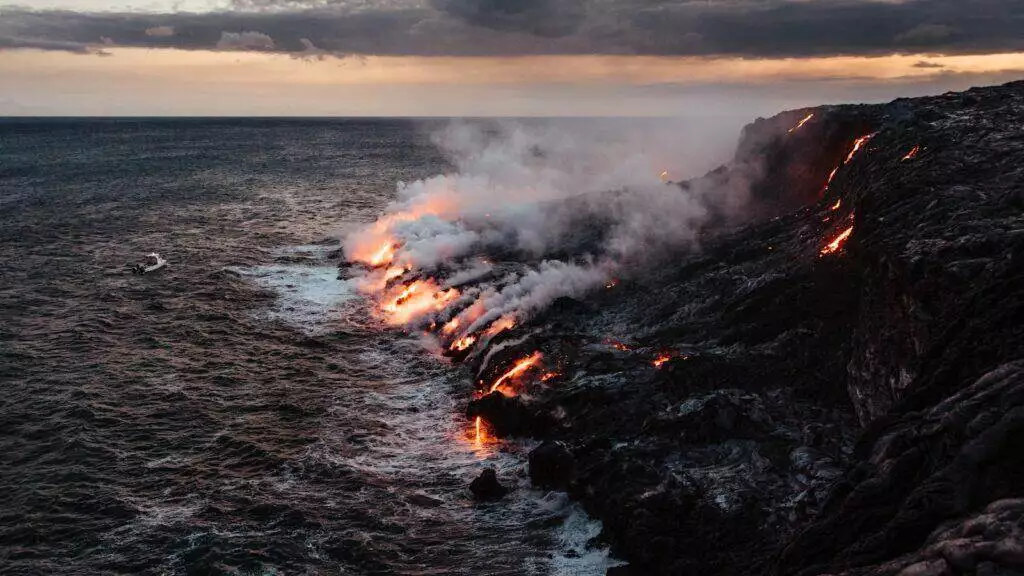
“Most of the ones on land aren’t active that frequently, and they spend a lot of their time slumbering, whereas Axial has a pretty active magma supply,” Chadwick continued.
He also elaborated on Axial Seamount further, saying: “So, if it’s not erupting, it’s inflating and getting ready for the next one. And so that’s why we’re kind of monitoring what’s happening to it all the time.”
Not the first eruption
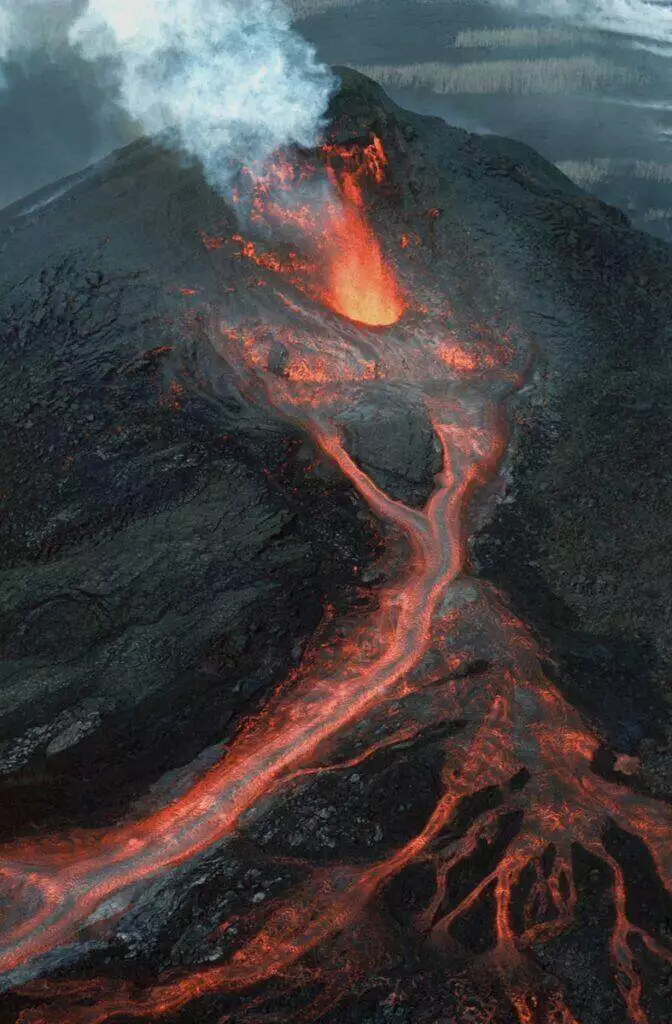
Axial Seamount erupted back in 1998, 2011 and 2015, in addition to other eruptions that were unfortunately not recorded.
The young shield volcano’s inflation is mimicking pre-eruption levels, hence, volcanologists are in anticipation of an eruption that’s coming soon.
The inflation rate throughout the years

After the 2015 eruption, Axial Seamount’s seafloor level initially rose at a rate of over a staggering one meter per year. The rate slowly kept decreasing until it reached about one centimeter per year by 2023.
In 2024, however, the seafloor began to re-inflate at a faster rate, reaching almost 25 centimeters per year.
Another sign to look for is the earthquakes

Before Axial’s 2015 eruption, it culminated over 9,000 earthquakes on the day of the eruption.
“And in the last year, especially, there was the number of earthquakes, which is also monitored by this cable observatory, has really increased. So, all these signs are pointing toward the final stages of the buildup to the next eruption,” Chadwick continued to KOIN 6 News.
Can it sustain a lot of damage?

Despite shield volcanoes being typically unassociated with explosive eruptions, its lava can inflict substantial damage. However, Axial Seamount has is under an immeasurable amount of pressure by the water column above it.
“Deep submarine eruptions are inhibited by the tremendous water pressure of the ocean. Even explosive eruptions struggle against the ocean,” Poland continued to Cowboy State Daily.











































